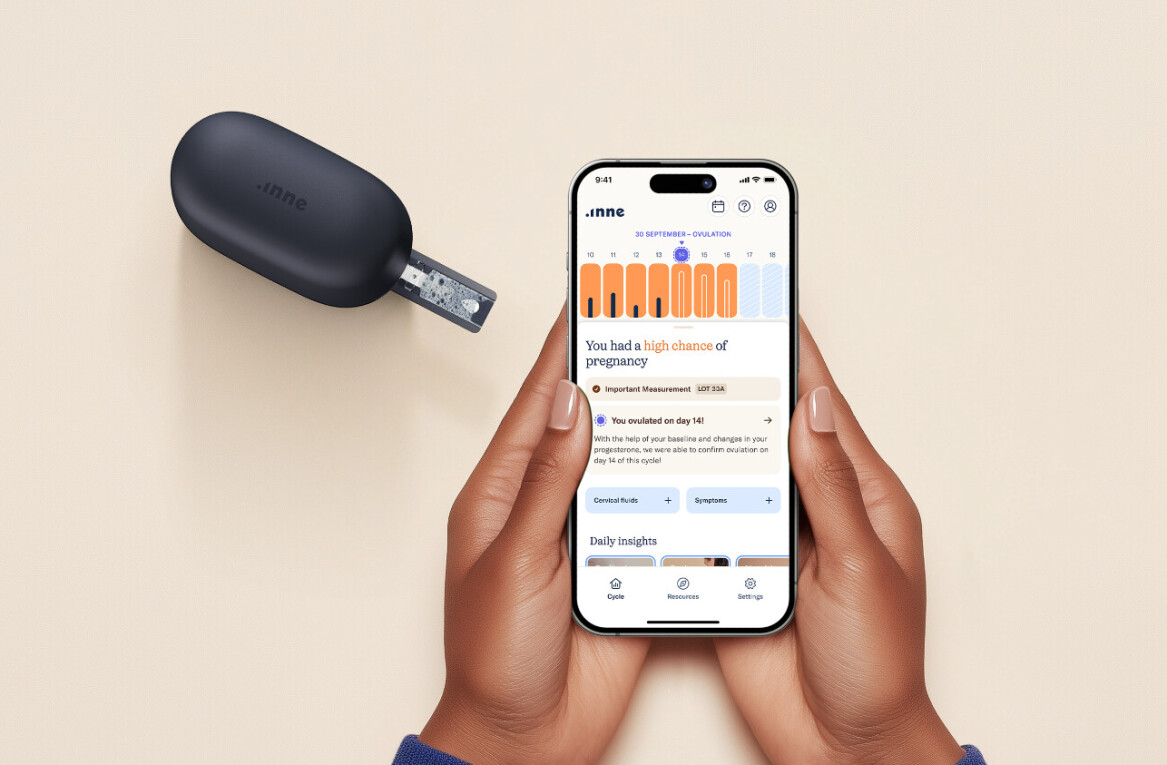
The number of new startups is rapidly increasing. According to the 2015 Kaufman Index, which measures startup activity, for the first time since 2010, the U.S. saw an upward trend in startup company activity.
While that’s great news for the overall economy, for new entrepreneurs it means more competition for media attention, investors, and customers.
One option for startups is to partner with a, more established company in order to have a greater sense of stability as the new company grows. But how do you get the attention of behemoth companies and convince them to join forces with you?
Recently my edtech startup, PathSource, which aims to empower job seekers to more clearly define their career path, teamed up with the GED Testing Service, which has been the nation’s high school equivalency test since 1942. The resulting partnership created a unique relationship that allowed both sides to achieve their goals.
Believe me, the process is not easy and should not be entered into blindly. Here are five steps to take to successfully partner your startup with a larger company:
1. Define what you want out of a partnership

When I began thinking about finding a partner for PathSource, our goal was to find a way to bring our career solution to people who needed it. We wanted to be able to impact more lives and careers in a positive way. It was absolutely necessary that any organization we partnered with shared that same goal.
Before you even begin looking for another company to partner with, think about what yourstartup could do better. Is distribution weak? Does the product design need tweaking? Are you having trouble reaching the demographic you’d like to target?
Once you’ve decided on the type of help your startup needs, you can start looking for the right partner.
2. Know what you bring to the table

Chances are your startup was born from a problem. You saw an issue or something that was missing and developed a solution. If another organization is going to get involved,you need to find a way your solution helps them, too.
Don’t think that, just because a company has been successful for years, it has everything figured out. Times change and older, established businesses need to find ways to adapt. Be it better technology or a way to fix a new problem never faced before, there’s a good chance your startup has something innovative to offer.
Have brainstorming sessions with your team to look at potential partners’ needs with a wide-angle lens. Coming up with the right insight can be the key to unlocking the partnership opportunity you want.
3. Find a personal contact at the larger company

As you begin to build a relationship, constantly be alert for signs that indicate what it will be like to work as a team. Consider the core values of your startup company and whether or not this relationship will allow you to stay true to them.
Every interaction the PathSource team had with GED Testing Service President Randy Trask and VP of Strategy and Business Development Nick Laul reinforced the belief that these were people we could work with. By being transparent about our intentions and listening to each other, this new connection strengthened. When both sides were ready to do business together, there was already a solid foundation in place.
4. Make sure goals align

However, choosing a career is not easy. Economist Neil Howe estimates that only five percent of young adults make the right choice when deciding on a career. With limited access to quality information about different careers, it could be difficult for GED credential holders to understand their options and make the best choice for themselves.
PathSource, at the same time, was striving to impact a larger and wider range of people. We really wanted an opportunity to grow the brand by making an earthshaking impact on the lives of a whole lot of people.
PathSource had the resources and cutting-edge technology and the GED Testing Service had people who would benefit from it. By partnering together, both organizations could achieve their individual goals.
As you embark on any undertaking with a new partner, it’s important to be upfront and honest about each other’s expectations for the project. Get on the same page about everything from each company‘s roles and responsibilities to how you’ll evaluate success.
5. Be patient

As an entrepreneur, it can be frustrating to constantly be waiting for your partner to get back to you with their decision. But realize that, from their perspective, it can be equally annoying to feel rushed.
Establish deadlines and modes of communication that both sides are comfortable with and be understanding when red tape occasionally slows things down.
Partnering with a larger company isn’t right for every startup. It takes a hard work and collaboration, as well as a lot of patience! However, teaming up with a more established company can be a huge win if you get it right.
Get the TNW newsletter
Get the most important tech news in your inbox each week.




